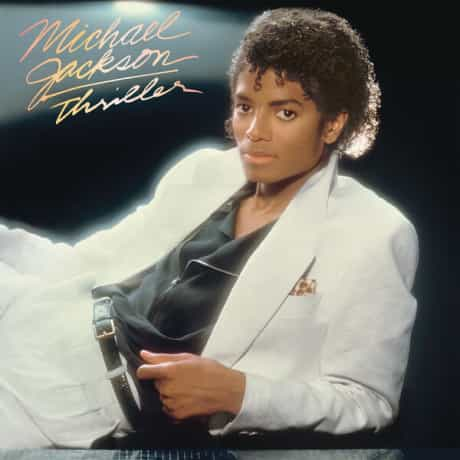SPEECH LEVEL SINGING
This vocal training method, developed by Seth Riggs, stands as one of the first modern vocal coaching techniques for popular music vocalists and has now become the "standard of vocal training" in vocal education worldwide. It has been used to train more than 120 Grammy Award winners, New York Metropolitan Opera audition winners, and countless Broadway musical performers, as well as pop stars like Michael Jackson, Stevie Wonder, Ray Charles, Usher, Madonna, James Ingram, Michael Bolton, Natalie Cole, Tamia, Prince, Boyz II Men, Linkin Park, Luther Vandross, and many others.
Moreover, through collaboration with laryngologists like Henry Rubin, Hans von Leden, and Edward Kantor, the method has been used for vocal rehabilitation of professional singers who have undergone vocal cord surgery or treatment. It gained particular public recognition when Stevie Wonder successfully rehabilitated his voice using this method after vocal cord surgery.
Seth Riggs and the SLS method have had such a profound impact that it's impossible to fully discuss contemporary popular music vocal education (CCM Vocal Pedagogy) without acknowledging their contributions and influence. Currently, lesson methods based on or utilizing concepts from the SLS method are widely used in training professional singers in Hollywood, New York Broadway, the UK, Japan, and beyond.
Core Value of SLS
This method is designed to teach harmonious coordination of vocal elements through exercises designed by the coach, rather than separately controlling breathing, vocal cords, and resonance or consciously controlling vocalization. It avoids inefficient approaches like sensation-based descriptions or biomechanical instructions, instead guiding singers to naturally acquire target vocalization by experiencing proper vocal sensations through exercises.
However, despite these benefits, the method has a potential weakness in that lesson effectiveness can vary greatly depending on the vocal coach's understanding and creativity with the method. Even after obtaining SLS certification, coaches need years of official training under master coaches in voice analysis, exercise design, and application methods to provide proper coaching.
Sing easily and freely like natural speech
This means being able to sing without unnecessary muscle use and tension, just like when using a healthy speaking voice. Under this condition, the vocal system (breathing, vocal cords, resonance) is used more actively than in regular speech to match singing purposes. This absolutely doesn't mean singing with only the energy used in speaking, but rather refers to efficient vocal production that creates maximum sound value with appropriate breathing and muscle energy, which is considered important in voice therapy.
Sing with a speech-like tone
This means being able to sing from low to high notes with a consistent, natural tone like in conversation, similarly indicating the absence of incorrect laryngeal muscle use and control in the process. This represents an ideal vocal state, and different singing situations require various tonal changes, irregular techniques, and applied expressions. It's a process of building solid fundamentals to prevent expression limitations due to vocal problems or increased risk of vocal cord disorders.
*While light voices and specific tones may be used temporarily or for certain periods during training, this is not the final result that the SLS method aims for.















